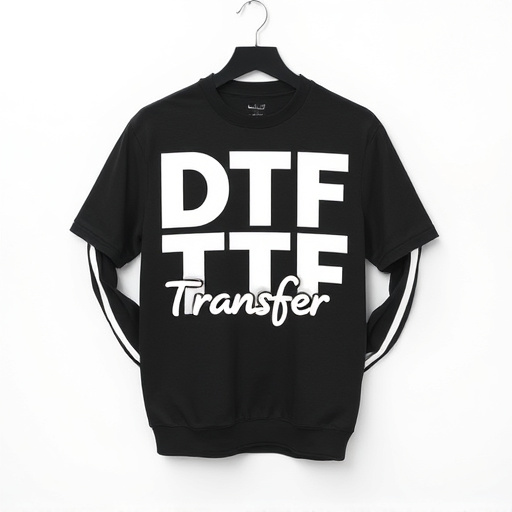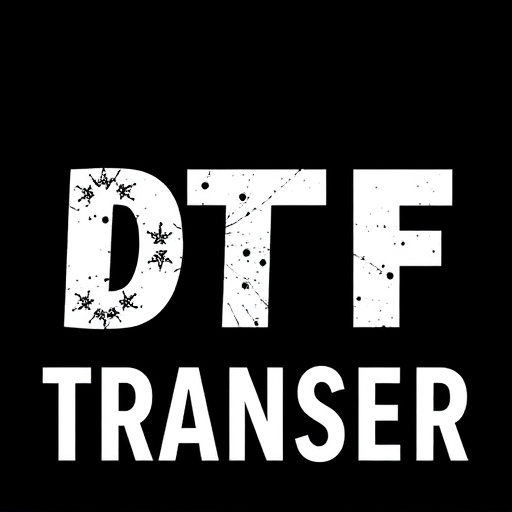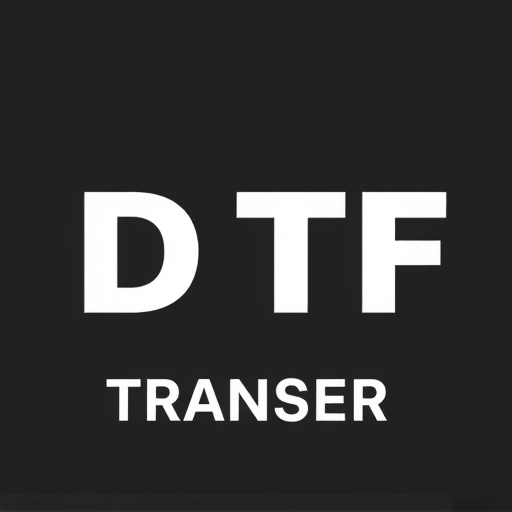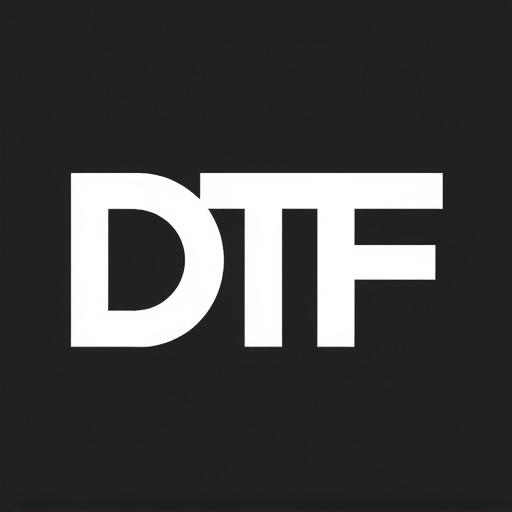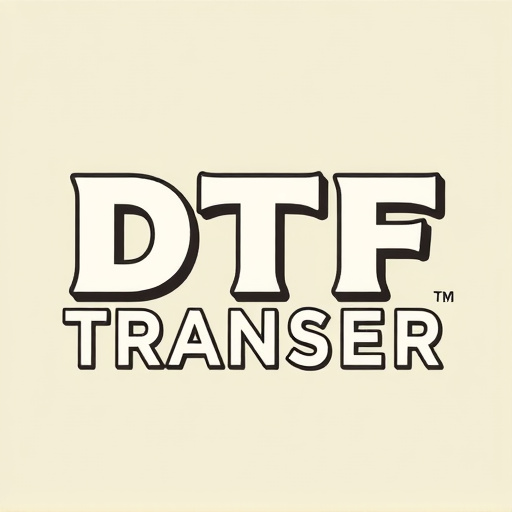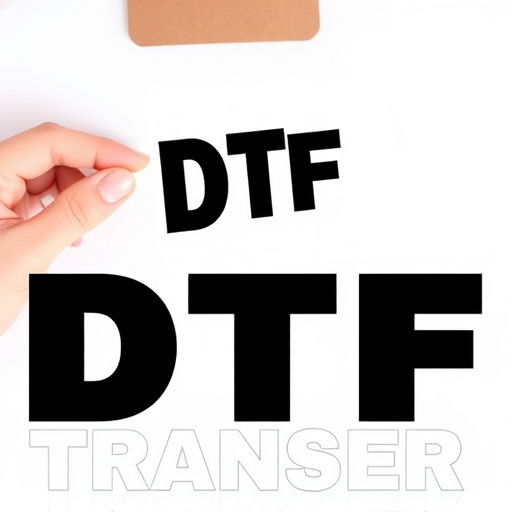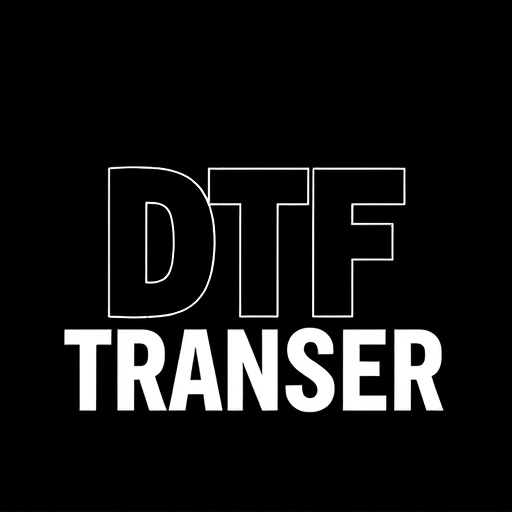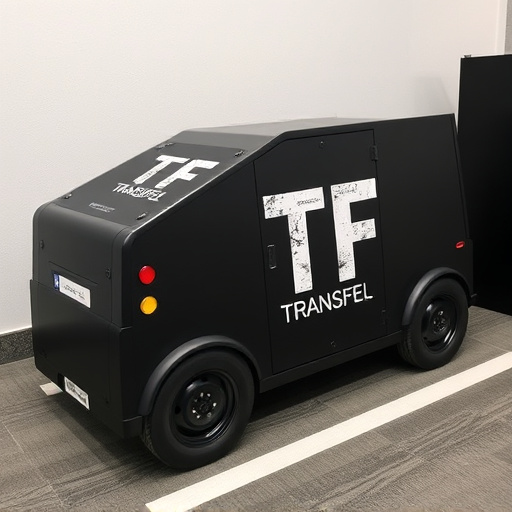Direct-to-film (DTF) transfers are a game-changer in filmmaking, offering cost-effective, efficient, and high-quality image reproduction by skipping traditional film processing. This technology streamlines workflows, allowing filmmakers to focus on storytelling without financial constraints. DTF preserves nuanced details, vibrant colors, and grain structure while removing artifacts, stabilizing shaky footage, and restoring damaged sections. Once considered exclusive to high-end productions, advancements have made DTF accessible to independent filmmakers and hobbyists. Choosing the right DTF service involves evaluating expertise, reputation, customer reviews, and transparent pricing. Real-world applications, including vintage movie restoration and digital distribution, demonstrate DTF's cost-effectiveness and versatility across industries.
Direct-to-film (DTF) transfers are transforming the way filmmakers and producers handle their footage, offering a seamless and cost-effective solution. This article delves into the world of DTF, exploring its advantages and debunking common misconceptions about associated costs. From understanding the process to choosing the right service provider, we provide a comprehensive guide. Additionally, real-world case studies highlight successful DTF transfers with no additional preparation charges, emphasizing its accessibility and effectiveness for modern content creators.
- Understanding Direct-to-Film (DTF) Transfers: A Basic Overview
- Advantages of DTF Transfer for Filmmakers and Producers
- The Process: From Footage to Final Product Without Additional Charges
- Common Misconceptions About DTF Transfer Costs Debunked
- Choosing the Right Service Provider for Seamless DTF Transfer Experience
- Case Studies: Successful Direct-to-Film Transfers with Zero Extra Fees
Understanding Direct-to-Film (DTF) Transfers: A Basic Overview
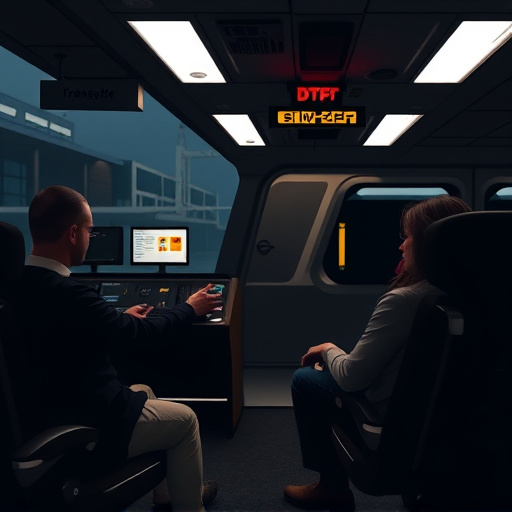
Direct-to-film (DTF) transfers are a cutting-edge method in the film industry that allows for the reproduction and distribution of movies without the need for traditional intermediate steps. This innovative process streamlines the workflow, eliminating the requirement for costly additional preparations, such as film processing or digital intermediates. By directly transferring content onto film stock, DTF offers a unique advantage to filmmakers and studios, ensuring a more affordable and efficient way to bring their visions to life.
The simplicity of DTF lies in its ability to capture and reproduce high-quality images while bypassing the complex procedures traditionally involved in film production. This technology is particularly beneficial for independent filmmakers and low-budget projects, providing them with an accessible and cost-effective alternative to conventional methods. With DTF transfers, the focus remains on the creative process rather than financial constraints, enabling a new level of freedom and flexibility in storytelling.
Advantages of DTF Transfer for Filmmakers and Producers

Direct-to-film (DTF) transfers offer a streamlined and cost-effective solution for filmmakers and producers, eliminating additional preparation charges. This innovative process allows for the direct conversion of film footage into digital formats, bypassing the need for intricate post-production preparations. By adopting DTF Transfer, content creators can save significant time and resources, enabling them to focus on the core aspects of their craft—storytelling and visual artistry.
Moreover, DTF Transfer ensures a higher level of preservation for original cinematic aesthetics. The technology captures the nuanced details, vibrant colors, and cinematic grain of film stock, translating these qualities seamlessly into digital mediums. This attention to detail means that filmmakers can maintain the integrity of their vision, delivering an authentic viewing experience that resonates with audiences.
The Process: From Footage to Final Product Without Additional Charges
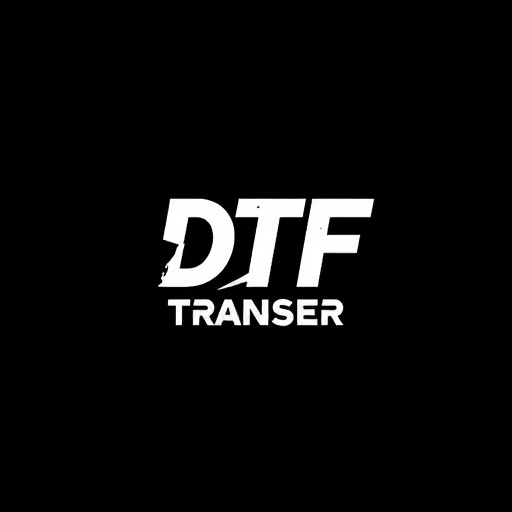
The process of a Direct-to-Film (DTF) transfer is a seamless journey from raw footage to the final product, all accessible without any hidden or additional preparation charges. It begins with the input of your unaltered video or film footage, which is then meticulously evaluated and optimized for the specific medium it will be displayed on, whether that’s a cinema screen or a digital platform.
Through advanced color grading and restoration techniques, our experts enhance the visual quality while preserving the original intent of the filmmakers. This meticulous process involves removing unwanted artifacts, stabilizing shaky footage, and restoring faded or damaged sections without any extra cost. The result is a pristine, high-quality transfer that offers viewers an immersive experience, ensuring the story intended by the creators shines through.
Common Misconceptions About DTF Transfer Costs Debunked

Many businesses and film enthusiasts harbor misconceptions about the costs associated with Direct-to-Film (DTF) transfers, often assuming they are exorbitant or come with hidden fees. This has led to a general apprehension surrounding this efficient method of transferring films. However, it’s crucial to set the record straight. DTF transfers, when offered without additional preparation charges, can be remarkably affordable, especially when compared to traditional methods. These costs typically cover the basic process of converting your film to a digital format, ensuring its preservation and accessibility for years to come.
One common myth is that DTF services are reserved for high-end productions, but this isn’t entirely true. With advancements in technology, these transfers have become more accessible and cost-effective for independent filmmakers and hobbyists alike. Moreover, businesses offering DTF transfers without extra charges are essentially providing a straightforward service, eliminating the need for complex preparations that often come with additional costs. This makes it an attractive option for those looking to digitize their films without breaking the bank.
Choosing the Right Service Provider for Seamless DTF Transfer Experience

When considering a Direct-to-film (DTF) transfer, selecting the ideal service provider is paramount to achieving a seamless experience. It’s crucial to look beyond just the cost and instead focus on their expertise, reputation, and customer reviews. A reputable DTF transfer service should offer high-quality equipment, skilled technicians, and a thorough understanding of your specific film requirements. This ensures that your transfer process is efficient, preserving the original quality and integrity of your footage.
Researching and comparing different providers will help you identify those who prioritize customer satisfaction and deliver consistent results. Look for companies with experience handling various types of films, as this versatility indicates their adaptability to unique projects. Additionally, services that offer transparent pricing without hidden charges are a good sign of professionalism, allowing you to plan your budget effectively for a smooth DTF transfer process.
Case Studies: Successful Direct-to-Film Transfers with Zero Extra Fees
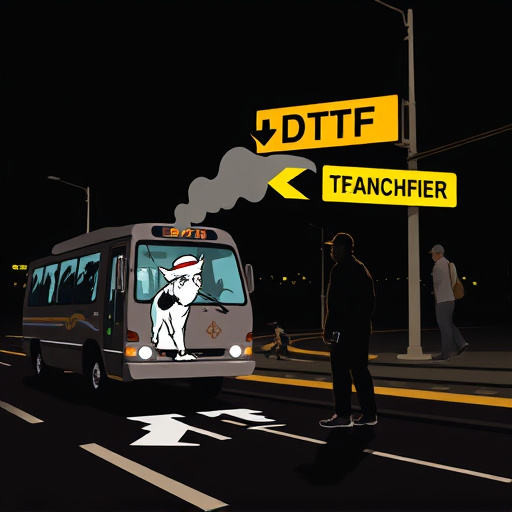
Direct-to-film (DTF) transfers have been successfully implemented by various businesses, showcasing their effectiveness and accessibility. These case studies highlight scenarios where companies opted for DTF solutions without incurring additional preparation charges. For instance, a small independent film production house decided to go direct-to-film for their latest documentary, saving them significant costs usually associated with traditional printing methods. By choosing this route, they could maintain control over the final product and distribute it digitally at minimal expense.
Another compelling example involves a vintage movie restoration project where the preservationists employed DTF technology to reproduce rare films. This method allowed them to avoid the high costs of setting up specialized equipment for each unique film, making the process more efficient and cost-effective. The results were exceptional, preserving the cinematic heritage with remarkable clarity and detail, all while adhering to a strict budget.

